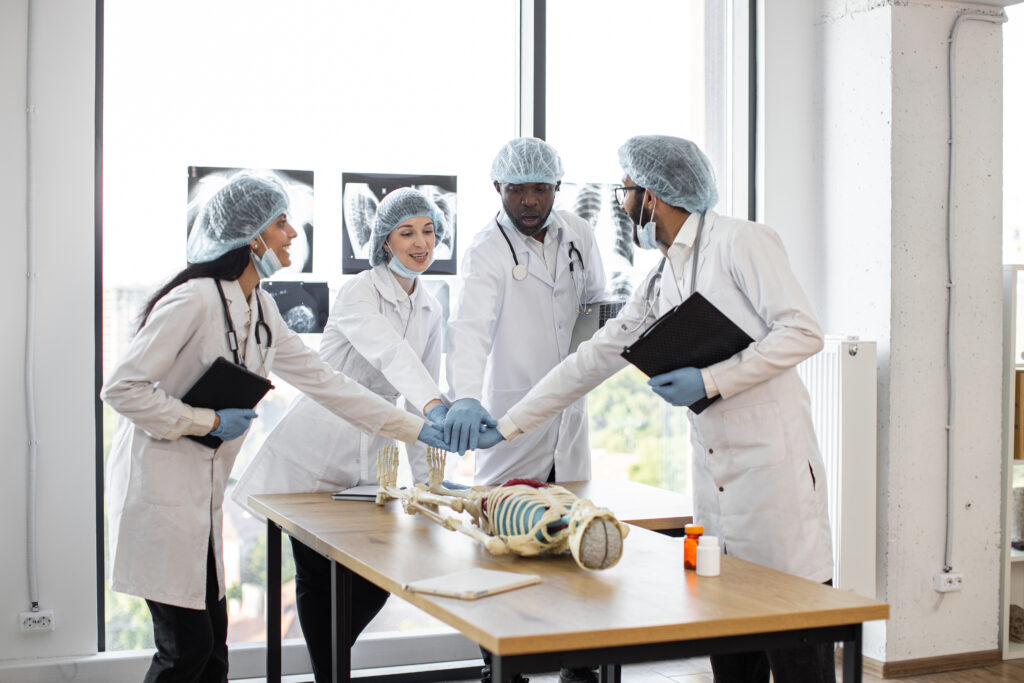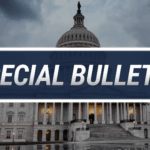
Analyzing Actionable Examples for Catheter-Directed Thrombolysis Success in 2025
Upper extremity coding is a sea of complexity that can easily sink coding accuracy if you are not prepared. Thrombolysis, in particular, poses a high

EDITOR’S NOTE: Dennis Jones is the Administrator of Patient Financial Services for Montefiore Nyack Hospital in Nyack, N.Y., about 20 miles north of New York City. During a guest appearance on Talk Ten Tuesdays this week, Jones outlined how the COVID-19 pandemic is hitting the metropolitan area as hard as anywhere in the world. What follows are a summary of his remarks.
I offered an update on the impact of the COVID-19 virus only one week ago, and, as we were warned, the situation has deteriorated in New York State and the New York City metropolitan area.
One week ago, New York State reported 729 cases of COVID-19, with three patient deaths. As of yesterday, 20,875 cases had been confirmed. There was an increase of 5,707 new cases between Sunday and Monday. New York City accounted for 12,305 (or 59 percent) of the state’s cases. By comparison, Washington, New Jersey, and California, states with some of the worst outbreaks in the U.S., have fewer than 6,000 confirmed cases combined.
Governor Andrew Cuomo announced that, sadly, there have now been 157 deaths reported in New York State.
Schools have been closed for a week.
As of Sunday at 8 p.m., New York officially implemented a stay-at-home decree.
Cuomo has made daily televised addresses on the progress, setbacks, and projected issues in dealing with the COVID-19 pandemic.
During his update on Sunday, Cuomo announced he had issued an emergency order requiring all New York State hospitals to increase their bed capacities by at least 50 percent to prepare for the increasing numbers of COVID-19 patients.
Hospitals throughout the state have prepared plans to reopen previously closed nursing units, put inpatient beds in outpatient treatment areas, and fill hallways and non-patient areas such as conference rooms and cafeterias, in order to comply with the Governor’s order.
The greatest need may be in the availability of ICU beds. It is true that there are approximately 3,000 ICU beds licensed in New York State; however, these beds are already 80 percent filled. That means there are only 600 available ICU beds in New York State at any given time. Hospitals across the state have cancelled all elective surgical procedures and converted recovery room beds into ICU beds to try to help meet the anticipated needs.
Governor Cuomo also called on the federal government to mobilize the U.S. Army Corps of Engineers to convert existing state-owned facilities, like State University of New York dormitories, and the cavernous Jacob Javits Center on Manhattan’s West Side, into medical facilities.
If New York’s clinical capacity is not increased immediately, Cuomo predicts that New York’s hospitals “will soon be overwhelmed by an oncoming wave of coronavirus patients.”
Faced with this dire reality, Cuomo last week issued an executive order (effective through April 11) 0 that suspends certain laws and regulations to allow for expansion of services and temporary facilities for hospitals and other health and human service providers:
In addition, hospitals and other healthcare providers in coronavirus hot spots are being forced to fast-track work-from-home strategies.
The city of New York is likely to take a $4.8 billion to $6 billion loss in tax revenue due to the coronavirus. I’m not sure if that includes the loss of toll revenue.
For those of you not in this area, imagine the financial losses associated with a stay-at-home policy when every car that crosses the George Washington Bridge or the Verrazano Bridge pays a toll of $17.50!
On Monday, New York got federal approval for two experimental COVID-19 treatments. All of the state trials will be done on a “compassionate care” basis. This means that the drugs, while not approved for widespread use, could be used on very ill patients.
New York is moving forward with tests using hydroxyl-chloroquine and a similar anti-malarial drug, chloroquine, to treat coronavirus patients. Interestingly, there was an article in Monday’s New York Times that identified 69 experimental COVID-19 drugs (24 of which are already FDA-approved for other diseases.)
The New York Department of Financial Services announced the removal of barriers to testing and treatment for COVID-19 in a letter issued March 3.
The letter states that insurers should not use preauthorization requirements as a barrier to accessing COVID-19 treatment, and should be prepared to expedite utilization review and appeal processes for services related to COVID-19.
Hospitals are awaiting the release of emergency New York Department of Financial Services regulations prohibiting health insurers from imposing cost sharing on in-network provider office visits, urgent care center visits, or emergency room visits, when the purpose of the visit is testing for COVID-19. The Hospital Association of New York State is advocating that cost-sharing prohibitions include all copays, deductibles, and other out-of-pocket costs.
In states like New York, where the governor has declared an emergency, Medicare Advantage plans must cover services by out-of-network providers at the in-network cost-sharing rate, and also waive gatekeeper referral requirements.
New York’s Medicaid program will cover services for physician, clinic, and emergency visits without copays for patients when the purpose of the visit is testing for COVID-19. New York State Medicaid will add HCPCS codes as they become available.
In New Jersey, 2,844 cases and 27 deaths were reported as of Monday. Because of expanded testing capabilities, that number reflects almost a 50 percent increase over Sunday’s total. Schools are closed indefinitely, and non-essential retail businesses have been closed as of Saturday night.
New Jersey hospitals have also cancelled elective surgeries and announced a restricted visitor’s policy for all hospitals, nursing homes, and other post-acute care facilities.
One item of positive news: insurance giant Prudential Financial has donated 153,000 protective face masks (73,000 with N95 respirators) that the company had stockpiled after the 9/11 attacks. This is a huge boon to a state health system where one hospital announced that they had enough face masks to last them for the next four days. Prudential also donated 300 bottles of hand sanitizer.
These are unique times that we are dealing with. Updates on the coronavirus, its spread, and its impact seem to come faster than we can digest them. We will look for specifics to flesh out the general policies and regulations that have been announced, and we will have to keep up with local state and national events as best as we can, until new, effective treatments and a vaccine are identified and approved.

Upper extremity coding is a sea of complexity that can easily sink coding accuracy if you are not prepared. Thrombolysis, in particular, poses a high

When it comes to radiation oncology coding, the clinical treatment planning process isn’t just technical—it’s critical, with complex nuances that may spell trouble for coders
Please log in to your account to comment on this article.
Subscribe to receive our News, Insights, and Compliance Question of the Week articles delivered right to your inbox.




Happy National Doctor’s Day! Learn how to get a complimentary webcast on ‘Decoding Social Admissions’ as a token of our heartfelt appreciation! Click here to learn more →
Unlock 50% off all 2024 edition books when you order by July 5! Use the coupon code CO5024 at checkout to claim this offer!
CYBER WEEK IS HERE! Don’t miss your chance to get 20% off now until Dec. 2 with code CYBER24